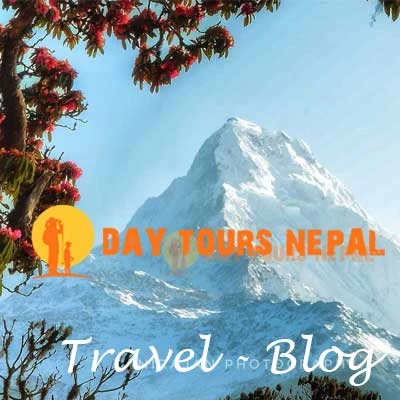Buddhist Sites Around Kathmandu
For any Buddhist tourist around the world, a pilgrimage to a holy Buddhist destination is, perhaps, the one that gives maximum satisfaction. It is a journey that brings them closer to their religion by enhancing their appreciation for its principles, beliefs, and philosophies.
Nepal is the land of Lord Buddha. Buddha was born in Kapilvastu, Lumbini, Nepal. There are many Buddhist pilgrimage sites inside Nepal, but there are also many sacred Buddhist sites around Kathmandu Valley. If you are looking for Buddhist practice or Buddhist tour inside Kathmandu, then the below-suggested places are the most important in Buddhism
Buddhism is a set of principles or philosophy based on the teachings of Lord Buddha, who was born in 563 BCE in Lumbini, Nepal, as Siddhartha Gautam, a Shakya prince. Basically, Buddhism preaches the path of practice and spiritual development, thus leading to an insight into the truth of life.
The basic tenets or teachings of Buddhism are straightforward, practical and states
- Nothing is fixed or permanent.
- Change is possible, and
- Actions have consequences.
“If you go to Nepal, it will further Buddhist doctrine and benefit sentient beings.”
Swoyambhunath Stupa
The Swoyambhunath Stupa, – 2000-year-old stupa, is a symbolic representation of Buddhahood. Swayambhunath is an ancient religious complex atop the Kathmandu Valley, west of Kathmandu city. It is also known as the Monkey Temple, as there are holy monkeys living in the north-west parts of the temple.
“Spiritual practices bring stronger results when performed close to stupas than in other powerful places.”Visitors and pilgrims walk around the stupa in a clockwise direction and recite mantras, make offerings, turn prayer wheels, and make wishes for the benefit of all beings.
Boudhanath stupa
Boudhanath is one of the holiest Buddhist sites in Kathmandu, Nepal. It is known as Khāsti in Nepal, Bhasa Jyarung Khasyor in the Tamang language, or Bauddha by modern speakers of Nepali. The 36-meter-high Boudhanath Stupa near Kathmandu is the largest stupa in Nepal and one of the largest in the world. It is a religious centre for Nepal’s considerable population of Tibetans.

Pharping Monastery
The pilgrimage site of Pharping Monastery (Asura Cave) is about 21 kilometers from Kathmandu. The great master, Padmasambhava, attained the Mahamudra level of enlightenment through the practice of Vishuddha Heruka combined with the sadhana of Vajra Kilaya at the upper cave of Yangleshö, also known as Asura Cave.
Namo Buddha Monastery
The pilgrimage site of Namo Buddha is about 40 kilometers from the Boudhanath Stupa / Kathmandu. Located on slightly elevated land, it is a pleasant and out-of-the way place. ” In brief, Namo Buddha is a place of pilgrimage highly esteemed by people from all over the world, East and West.

Kopan Monastery
Kopan monastery was established in in the late 1960’s by Lama Yeshe and Lama Zopa Rinpoche as a home for monks and nuns. Kopan Monastery is a center for Buddhist study, meditation, retreat, and practice. It is nestled in the foothills of the Himalayas, in the heart of Kathmandu /Nepal.
Patan Mahabuddha Temple.
500 year Mahabuddha Buddhist temple is 5 kilometers from Kathmandu valley. The Mahabuddha temple is a great pilgrim for the Buddhist practioners. This temple is also called as “Thousands Buddha” because a Buddha Image is engraved on every brick.

Bajrayogini Temple
The main temple, which was constructed by King Pratap Malla in the sixteenth century, is actually part of a larger temple complex. A Buddhist tantric goddess known as Vajrayogini is frequently confused with Ugra Tara, a variation of the Buddhist dharmapala Ekajati. The temple, however, is revered by both Hindus and Buddhists.








